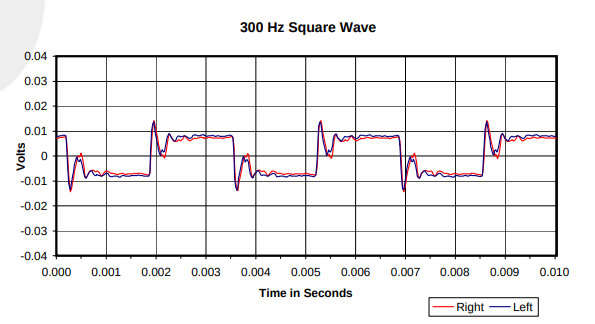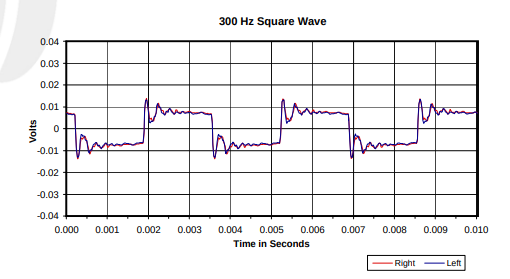Much better headphones amp available than that.
Convenience comes at a performance cost sometimes
Even the T+A HA200 has silly high output impedance - better off having separate amp unless you look the colouration it gives your headphones
Much better headphones amp available than that.
Convenience comes at a performance cost sometimes
Even the T+A HA200 has silly high output impedance - better off having separate amp unless you look the colouration it gives your headphones
It has selectable output impedance from 8 to 80 ohms. 8 is correct for the Solitaire P headphones.
Some headphone models are optimized for the standard 150 ohm output impedance that a lot of studio gear uses. And will give you wrong frequency response if you use something else to drive those. So lowest values are not always the most correct. This is why the output impedance should be selectable in a good headphone amplifier.
This is similar to loading impedance of MC cartridge pre-amp. At the moment I’m using 200 ohm for the Denon DL-103R cartridge.
Under 1 ohms is what you really want from any headphone amp in 2024.
Studio headphones amp and typically used studio headphones are not high fidelity at all.
These have been surpassed by non-studio brands now.
Most of the famous studio headphones are severely lacking in bass (other than a couple AKG models) and lacking in lots of other areas.
Compare that to Dan Clarke for example.
Things like B&K 5128 (measurements!) are showing us a lot now.
Oh yeah, I’m pretty happy with my Sennheiser, AKG and Neumann headphones. ![]()
Solitaire P is pretty good too yes.
They will be lacking, like Beyerdynamic, if you use wrong source impedance!
I have a headphone measurement rig too. ![]()
But I’m particularly interested in the transient performance. That’s why I chose for example the Shure SRH-1540 and AKG K601’s.
This is absolutely not accurate sound reproduction, not even close , but will burn a hole in one’s wallet ![]()
Need to EQ something at 4800 euros to fix it
It is very good with the Oratory EQ settins, but also very good without. In transient response, thanks to the AMT drivers!
Problem with oratory EQ is that it works for his sample that he measures.
It could be wildly different for a different sample (he acknowledges himself too so cannot really be argued…)
Same goes for any headphone frequency response measurements…
It doesn’t mean that something that measures what you like as a plot would sound proper on your head. You always need to listen.
Shure SRH1540:

That is pretty clean for a headphone.
Sennheiser HD800:

For the HD800 I of course have the official frequency response test plots from the factory for my particular serial number.
Jussi never had a DSC2 DAC. On Signalyst website you will see open source DSC1 DAC details.
Someone else made a DAC based on DSC1 (but adding things like transformers which are not in DSC1 design)
So looking at the list and examining the market
It’s incredible to see only 2 network DACs in all of audio capable of doing DSD correctly over LAN under $25k. The R26/A26.
A good reflection of whether there is a need on the market for that.
Looks to me that USB-DAC is more in demand.
Personally, I have many ways to make a USB-DAC “LAN” enabled. Therefore, I would focus on the USB part of the DAC
You don’t think there is a market for network DACs?
Maybe I should have said NAA DACs. Lan/fiber is the future.
Unfortunately most of them are in the HighEnd area:
DCS
MSB
LINN
T+A
Yeah that’s what I’m saying. Not sure if the others besides T&A are NAA
Unfortunately T+A is the only one
For me, I am using Mac + USB DAC as my NAA DAC
I believe that using a USB DAC is more flexible as I can change my DAC easily w/o touching other things. I want it to be separated.
I think for most ppl, it’s not a necessity.
I just bought a dsc2 dac that came built-in a BBB (like RPI4) as a NAA, i2s out to the dac. And no usb input just a lan port, I asked the guy to swap back in an amanero usb module there
I am not sure how you guys think about wifi. I am using wifi instead of wired. I don’t really want/need a physical LAN port.
i2s is handy with RPI4 but you can still build a RPI4 with USB DAC easily.